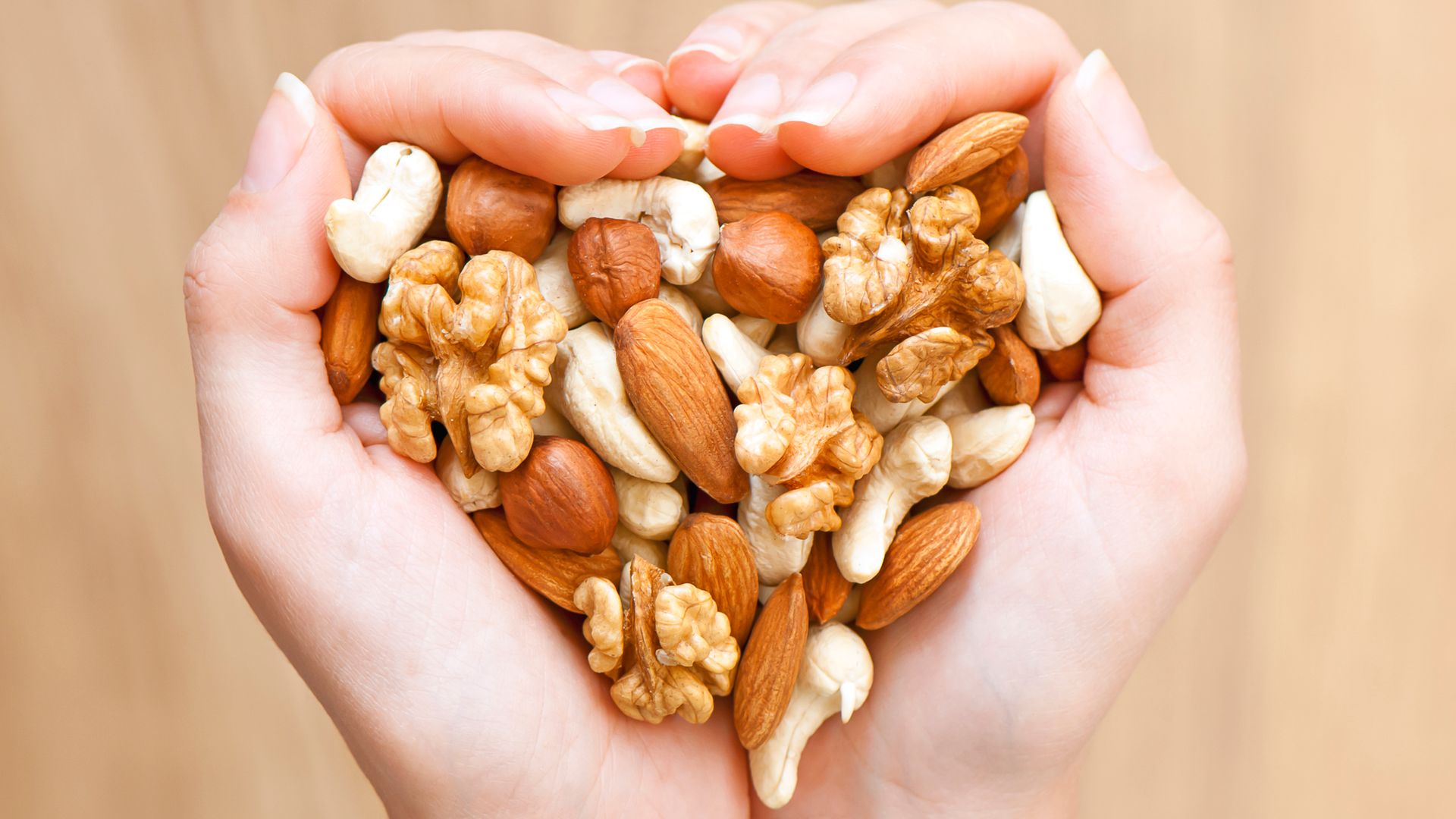
What causes nut allergies? Nutritionist warns of early risks and how parents can reduce them
October 27, 2025
Nut allergies affect approximately one in 50 children in the UK and one in 200 adults. As one of the most common allergens, introducing nuts to your child needs to be done carefully and safely to check for signs of an allergic reaction. To understand more about what causes nut allergies and the signs and symptoms to look out for, we asked Dr Kezia Joy, a Registered Dietitian Nutritionist and Medical Advisor with Welzo, to share the facts we need to know.
What causes nut allergies?
There are many factors that may contribute to nut allergies, but genetics can play a strong role. “The immune system mistakenly identifies some of the proteins found in nuts as something harmful. This triggers the body to send out certain chemicals, including histamine, which produce an allergic response – swelling, itching or trouble breathing, for instance,” Dr Kezia says.

“Genetics play a strong role in this risk – children whose parents or siblings have allergies, eczema or asthma are more likely to be naturally predisposed to nut sensitivities. In addition to genetic predisposition, a child's early feeding history, environmental exposure and good bug balance in their gut are additional factors that might help determine whether they develop tolerance or reactivity to nuts in the infant years. »
Can you prevent nut allergies?
If you are worried about nut allergies, you may feel like it's best to wait until your child is older to introduce nuts into their diet. However, this is not an effective way to prevent nut allergies, as Dr Kezia explains. “There is some new evidence that early, controlled exposure to nut-containing foods could help reduce the risk of allergy for allergic (or not) infants. Interest is growing in the concept that small quantities introduced in a clinical setting may be enough to teach the immune system that nut proteins are acceptable,” she says.
“Previously, delaying nut introduction was believed to be safer; however, research now indicates that postponing exposure may actually increase sensitivity in some kids. But prevention is not one-size-fits-all – kids with severe eczema or a strong family allergy history should talk to their pediatrician or allergist before taking advice about early allergen introduction. »
Safe ways to introduce nuts
Allergens can be gradually introduced to children once they start weaning, typically around the age of six months. “For babies and toddlers, chocking prevention is key – no whole nuts,” Dr Kezia says. Instead, you should try smooth nut butters or nut flours of any kind, or finely ground into yogurt or purées.
“This makes it safe while being exposed to nut proteins in a digestible way. Start with an extremely small quantity, as little as ¼ teaspoon and watch the child for 15-20 minutes before offering any more,” the dietician explains. “If there is no reaction, add the same amount but in separate feeds for several days and if still no reaction, gradually increase the amount over a week or two just to be safe until tolerance can be built up. »

How to recognize the signs of a nut allergy
Symptoms of a reaction may include the following signs:
- Redness or itching around the mouth
- Mild hives (like small pink spots)
- Tingling in the lips or on the tongue immediately after eating.
Moderate signs include:
- Swelling and itching of the face or eyelids
- Vomiting and stomach pain, which means that the body is responding heavily to the allergen.
Serious reactions need prompt medical attention and include:
- Trouble breathing, coughing, dizziness or collapse
“Parents need to get an emergency plan and talk with their physician about the potential use of an epinephrine auto-injector if they actually have an allergy,” Dr. Kezia says.
